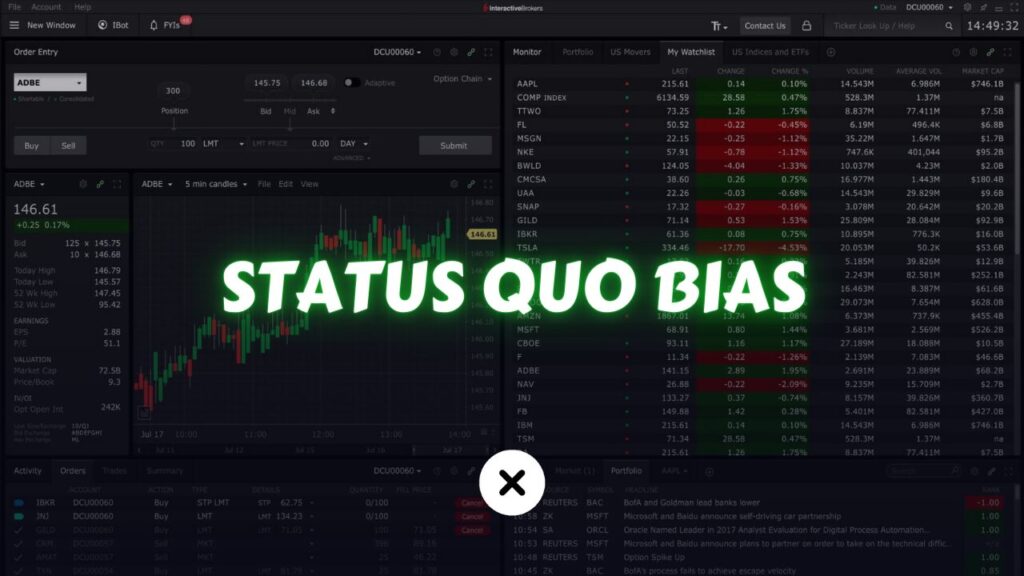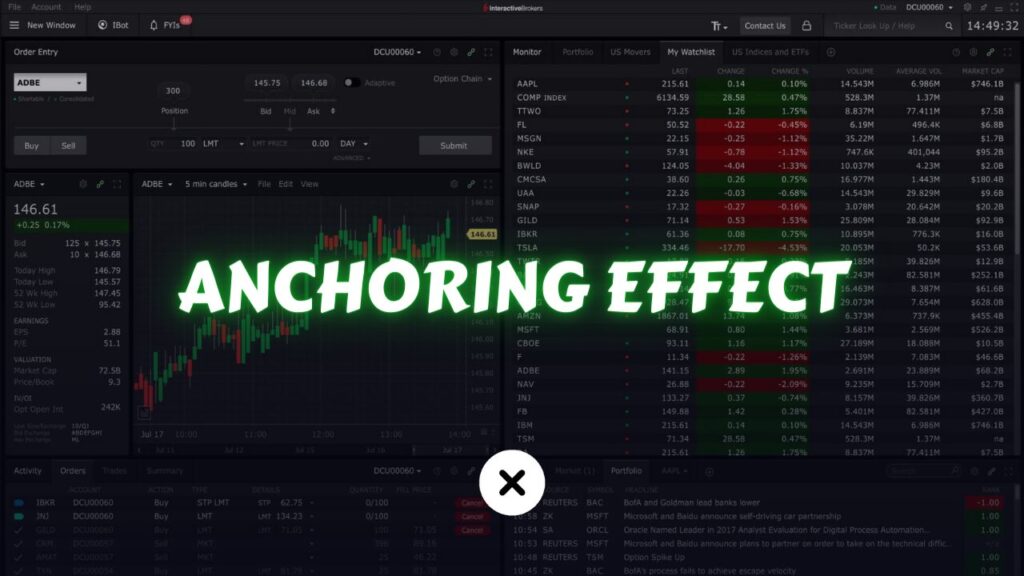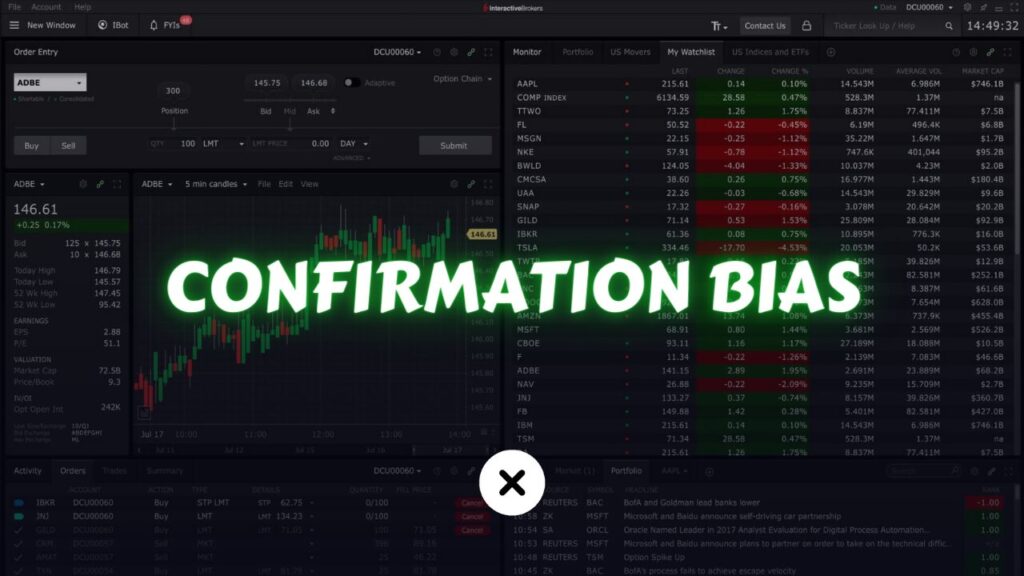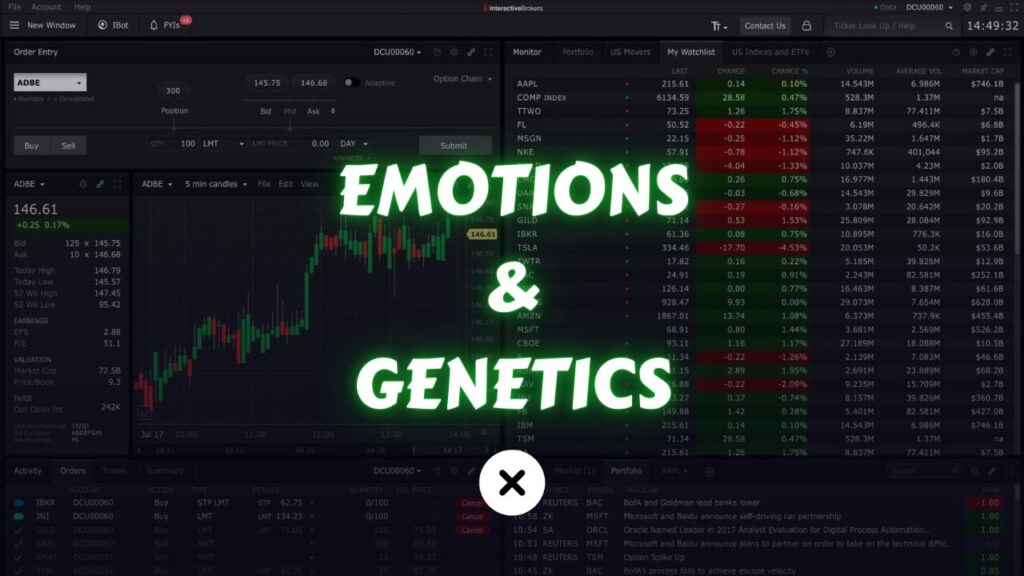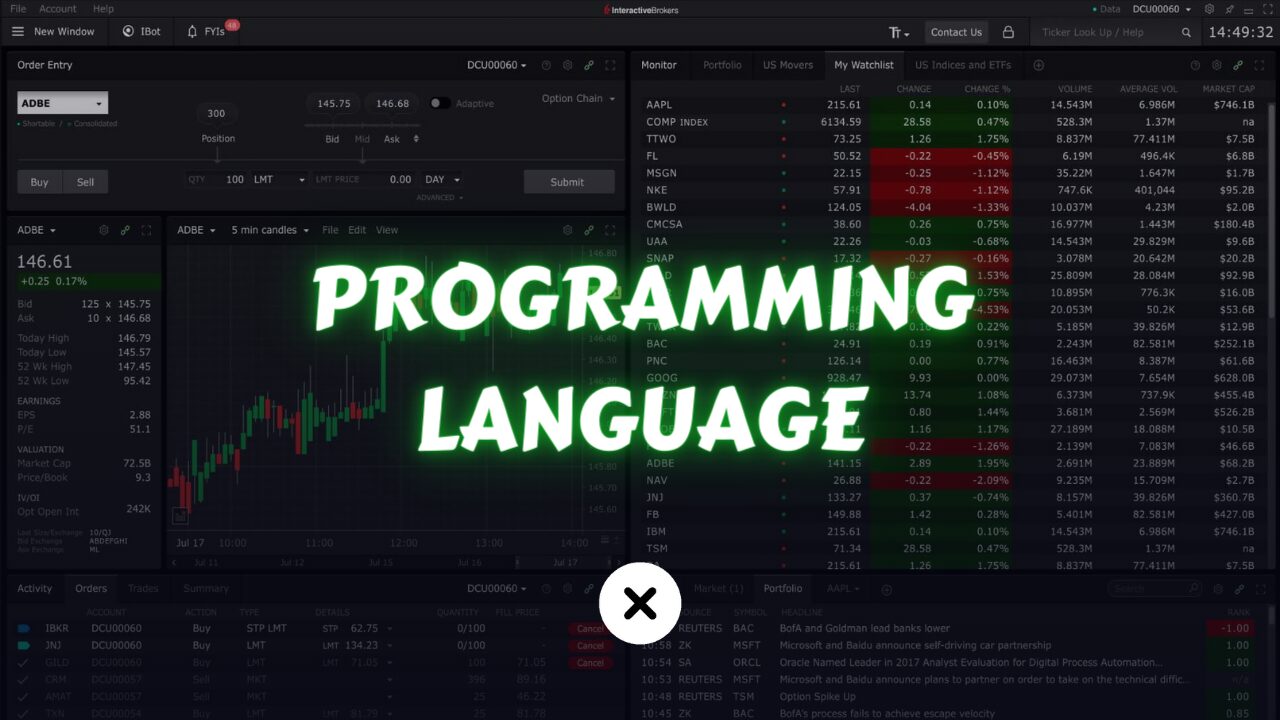
In today’s fast-paced financial markets, traders rely heavily on technology to gain a competitive edge. One crucial aspect of this technological arsenal is the programming language used to develop trading algorithms, analyze market data, and execute trades.
In the last article about how to build a trading algorithm, we learned about the design process and the steps involved in building one. but we haven’t talked about which programming language to use.
As you know with many programming languages available, choosing the right one for trading can be a daunting task. In this article, we’ll delve into the characteristics of the best programming language for trading, considering factors such as speed, versatility, community support, and ease of use.
Speed and Performance of the Trading Algorithm
In trading, milliseconds can make all the difference. Thus, the programming language’s speed and performance are important. Languages like C++ and Rust excel in this regard due to their low-level nature, allowing for efficient memory management and high execution speeds.
High-frequency trading (HFT) firms often prefer these languages for their ability to process vast amounts of market data with minimal latency.
Versatility and Flexibility of the Algorithm
Trading strategies can vary significantly, from simple trend-following algorithms to complex machine-learning models. Therefore, the chosen programming language should be versatile enough to accommodate a wide range of trading strategies.
Python stands out in this aspect, offering extensive libraries and frameworks for data analysis, machine learning, and algorithmic trading. Its simplicity and readability make it an ideal choice for both beginners and seasoned professionals looking to prototype and implement trading strategies rapidly.
Community Support and Ecosystem
A thriving community can significantly enhance a programming language’s utility for trading. Developers rely on community-driven libraries, forums, and resources to troubleshoot issues, share insights, and collaborate on projects.
Python’s vast ecosystem, bolstered by popular libraries such as Pandas, NumPy, and TensorFlow, provides traders with robust tools for data analysis, backtesting, and machine learning.
Furthermore, Python’s widespread adoption across various industries ensures a steady stream of updates and innovations, further solidifying its position as a top choice for trading.
Ease of Integration
Seamless integration with trading platforms and APIs is essential for automating trade execution and accessing real-time market data.
Languages like Python and Java offer extensive support for APIs provided by brokerage firms and financial data providers. Python’s simplicity and readability simplify the process of interfacing with APIs, enabling traders to focus on strategy development rather than wrestling with complex syntax or framework intricacies.
Backtesting and Simulation Capabilities
Before deploying a trading strategy in live markets, it’s crucial to backtest and simulate its performance using historical data. The programming language should facilitate efficient backtesting workflows, allowing traders to assess strategy viability and refine parameters.
Python, with libraries such as Backtrader and PyAlgoTrade, offers powerful backtesting capabilities, enabling traders to evaluate strategies across various market conditions and asset classes.
Machine Learning and Quantitative Analysis
Machine learning techniques have become increasingly prevalent in trading, enabling traders to extract insights from vast datasets and identify profitable opportunities.
Python’s extensive support for machine learning libraries such as Scikit-learn, TensorFlow, and PyTorch empowers traders to develop sophisticated predictive models and algorithmic trading strategies.
Additionally, R, with its rich statistical computing capabilities, remains a popular choice among quantitative analysts and researchers in the finance domain.
Platform Independence and Portability
Traders often operate across multiple devices and environments, necessitating a programming language that offers platform independence and portability.
Java, with its “write once, run anywhere” mantra, provides traders with the flexibility to develop trading applications that can run seamlessly on various operating systems and hardware configurations. Its robust networking capabilities and security features make it an attractive option for building scalable and reliable trading systems.
Exploring the Popular Languages
1. Python
- Pros: Ease of use, vast community, extensive libraries (NumPy, Pandas, scikit-learn), beginner-friendly, cross-platform, ideal for backtesting and research-oriented strategies.
- Cons: Not ideal for HFT due to interpreted nature, potential performance bottlenecks at scale.
2. C++
- Pros: Blazing-fast performance, low-level control, industry standard for HFT, suitable for complex quantitative strategies.
- Cons: Steep learning curve, prone to errors, high maintenance effort.
3. Java
- Pros: Object-oriented, robust community, well-suited for large-scale applications, good balance of performance and maintainability.
- Cons: Can be verbose, not as fast as C++ for HFT.
4. R
- Pros: Excellent for statistical analysis, specialized finance packages (quantmod, TTR), strong academic community.
- Cons: Limited performance compared to compiled languages, not ideal for trading execution.
5. Other Noteworthy Mentions
- Julia: High performance, dynamic typing, gaining traction in quantitative finance.
- MATLAB: Proprietary, industry-standard for technical analysis, strong data visualization capabilities.
- JavaScript: Versatile, increasingly used in web-based trading platforms and growing financial libraries.
Conclusion
Selecting the best programming language for trading requires careful consideration of factors such as speed, versatility, community support, and ease of integration.
While no single language may fulfill all requirements, Python emerges as a frontrunner due to its blend of simplicity, performance, and extensive ecosystem. However, depending on specific trading needs and preferences, other languages such as C++, Java, and R also offer compelling advantages.
If you’re new to programming, begin with fundamental concepts in Python or R before venturing into trading-specific languages.
Ultimately, traders should evaluate their objectives, technical requirements, and proficiency levels to make an informed decision that aligns with their trading strategies and goals.
